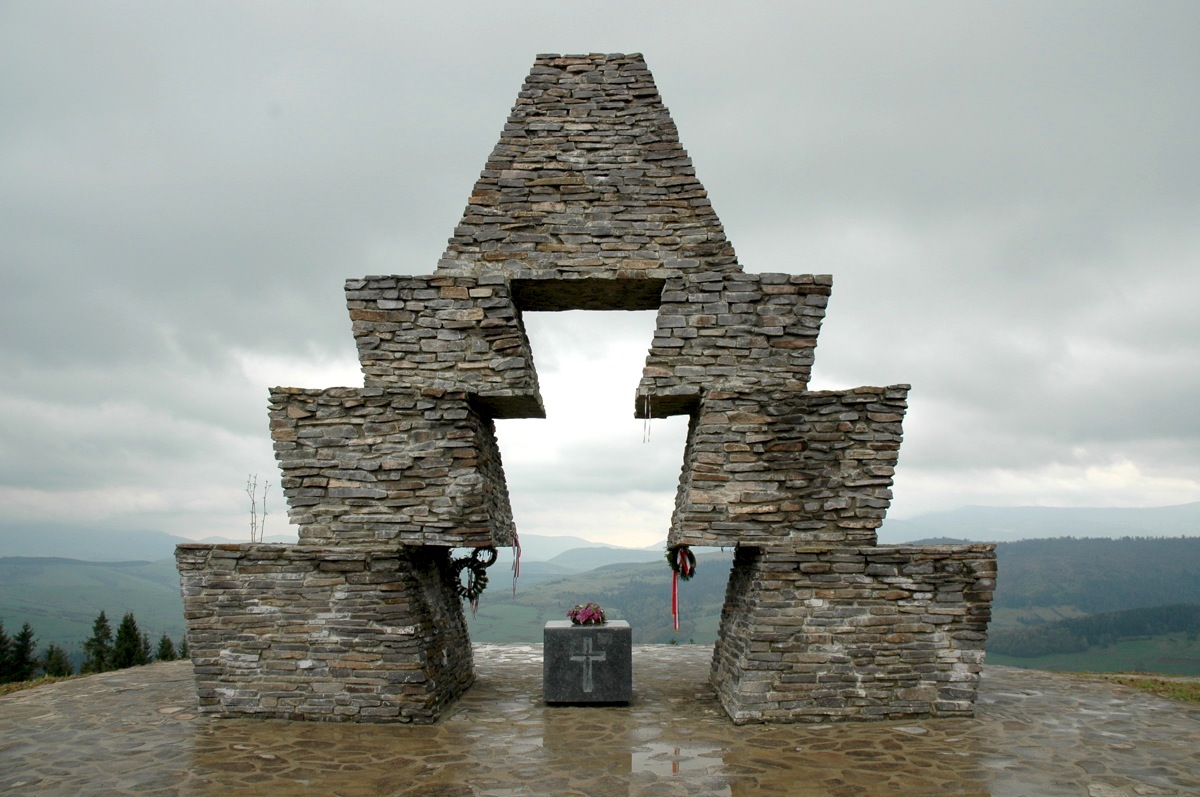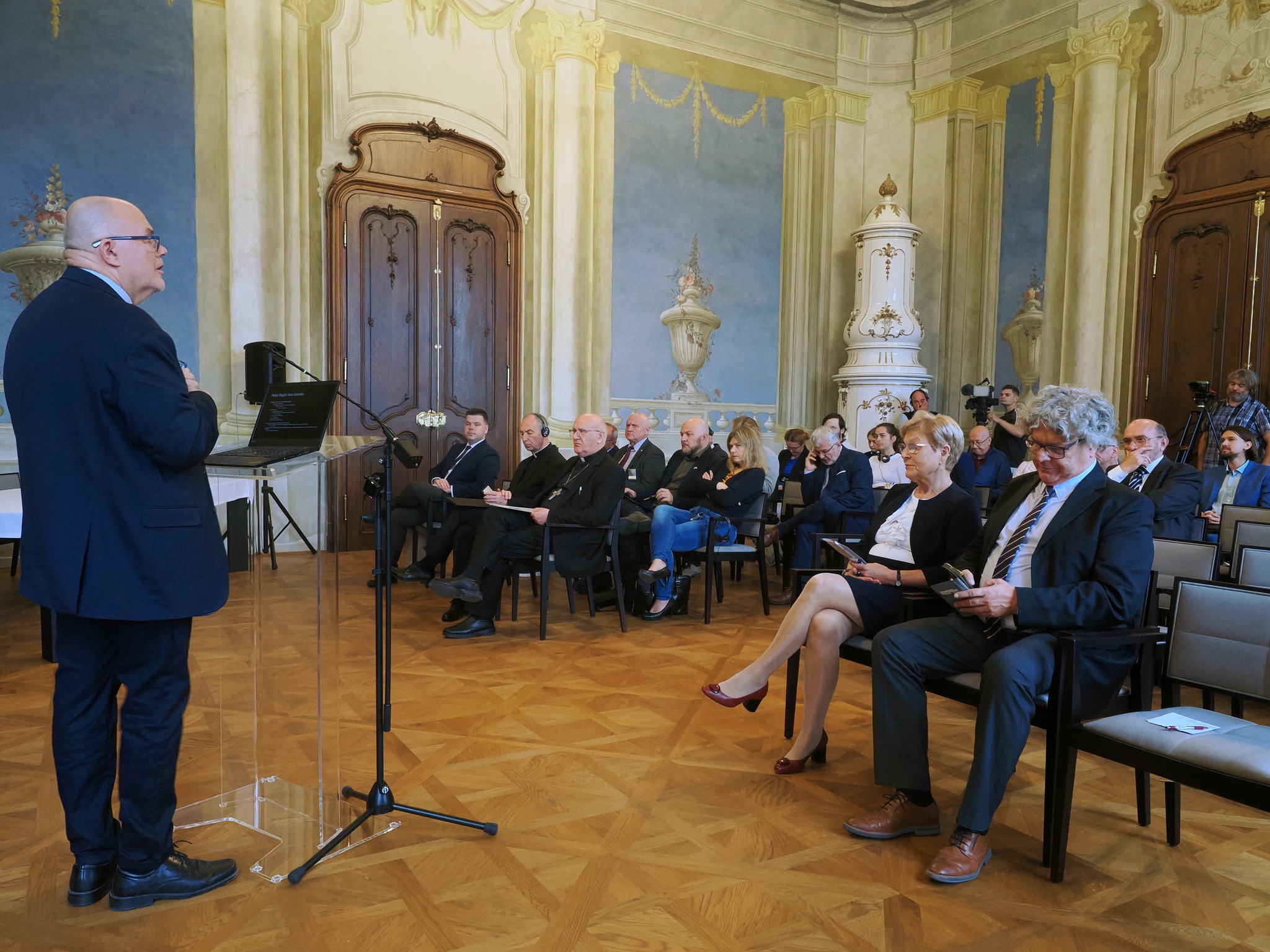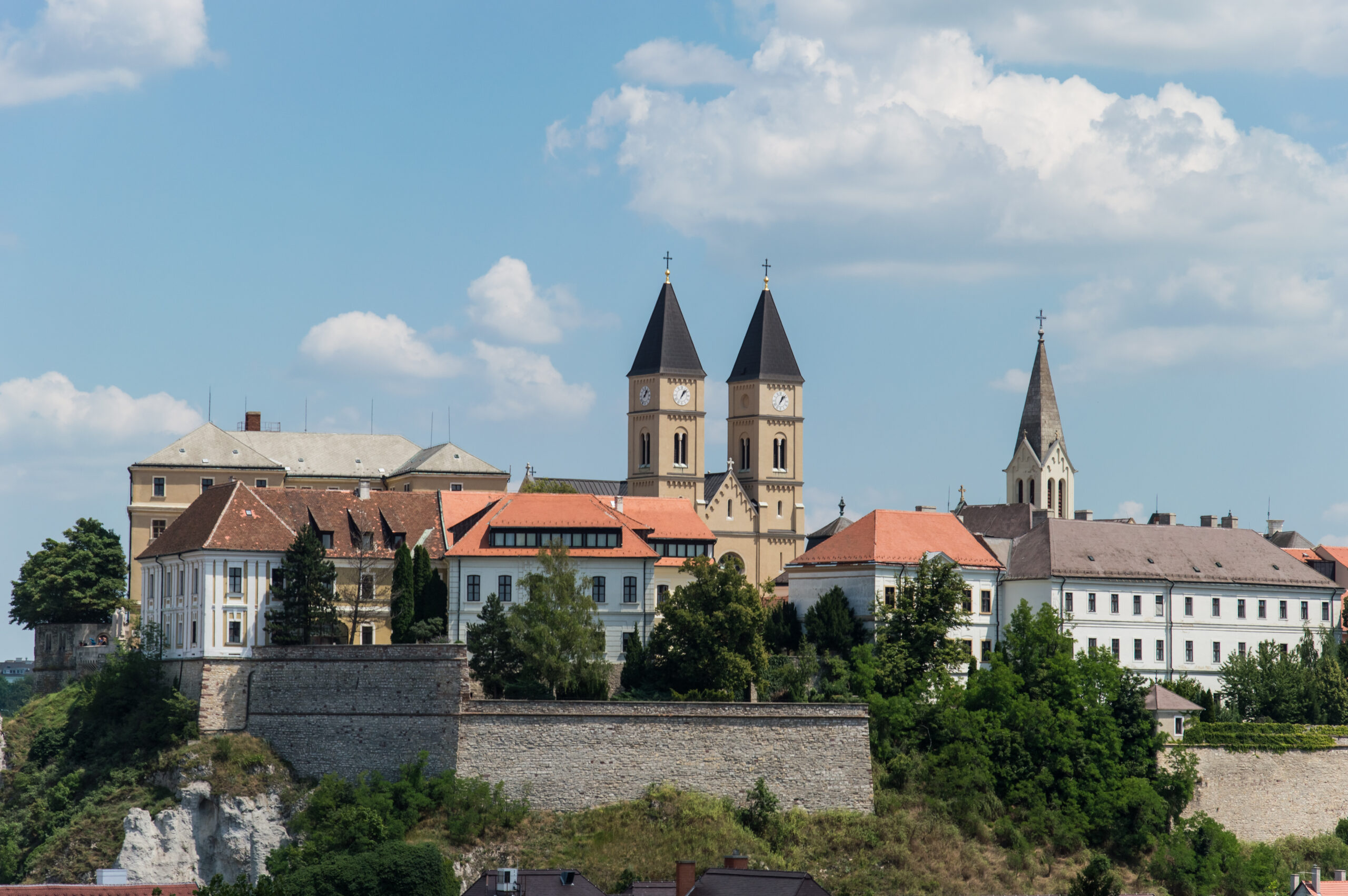Origins and the Arrival in the Carpathians – Verecke Pass – Verecke-Pass memorial
Fact of the Hungarian figure „Myth of the Hungarian land-taking – Ópusztaszer”
Part of the „The story of the beginning” topic
Few sources are available on the history of Hungarians before the land-taking, and it is questionable whether the Turks mentioned in Byzantine sources or the Bashkirs referred to by Arab travellers are indeed Hungarians. Their first mention is in the 9th-century chronicle of Friar George, when the Hungarians, referred to as Ungri, Turks, and Huns, were called upon by the Bulgarians. Around 860, they were reported by Cyril in the Crimea, and in 86,2, they fought in the Eastern Frank Kingdom. Christian writers attribute the migration either to fleeing from the Pechenegs or overpopulation, which are typical explanations for the migration of a nomadic population. According to thedózsa chronicles, the migration from the Volga to the Carpathians was rapid.
Both Byzantine and archaeological sources testify that the Hungarians crossed the Volga in the middle third of the 9th century and moved to Etelköz, which may have been on the banks of the Dnieper. The chronicle tradition suggests that by this point, Hungarians were already ruled by a single prince and that there was some kind of tribal alliance, the so-called ‘hetumoger’ (‘Seven Hungarians’). Whether the name ‘magyar’ used to mean ethnicity or tribe is not known, but the ethnic groups that remained in the east along the Volga used the term even during the Mongol conquest. The land-taking was initiated not long through the Verecke Pass, where, first in 1896, later in 199,6, a monument was erected, commemorating the arrival of the Hungarians.





